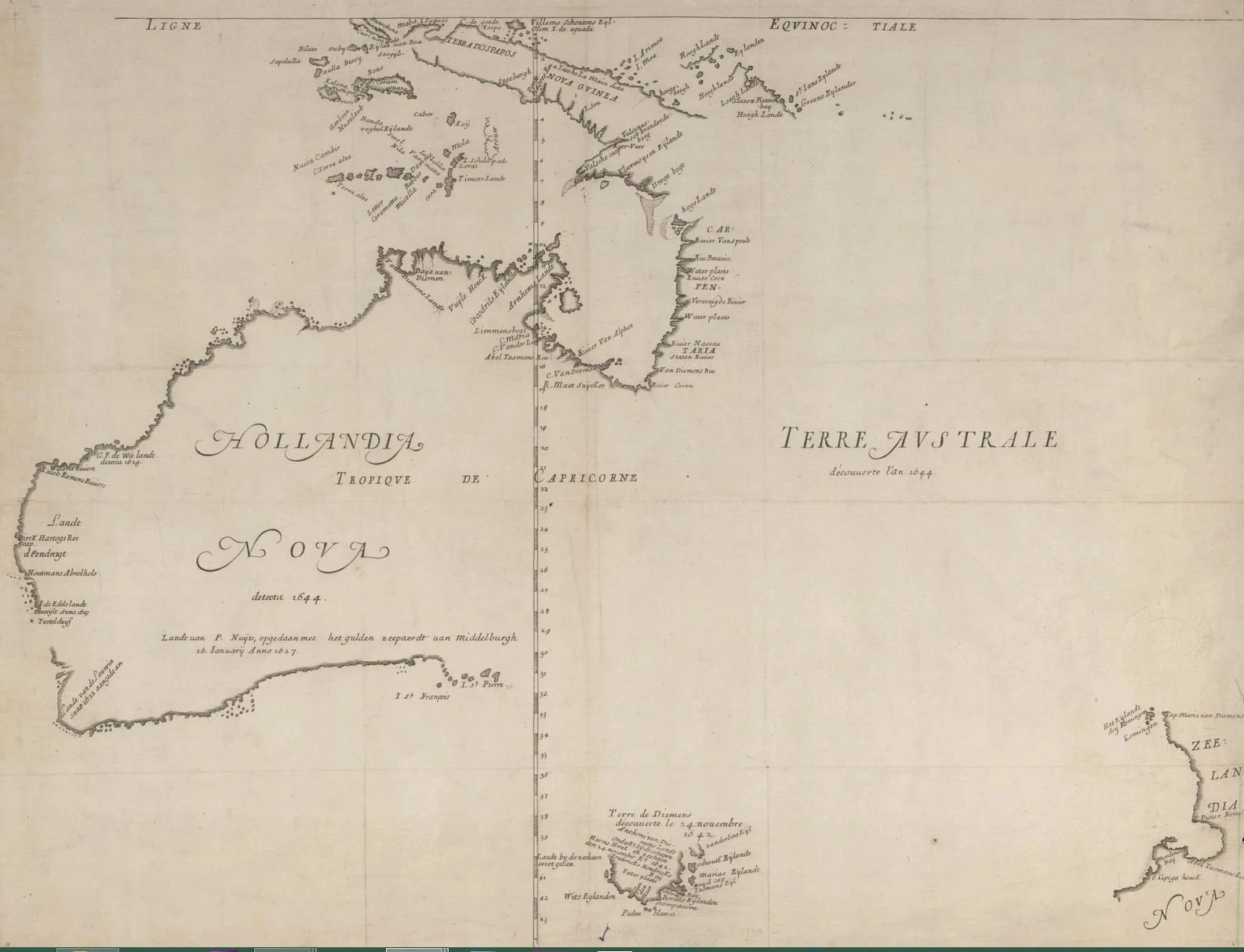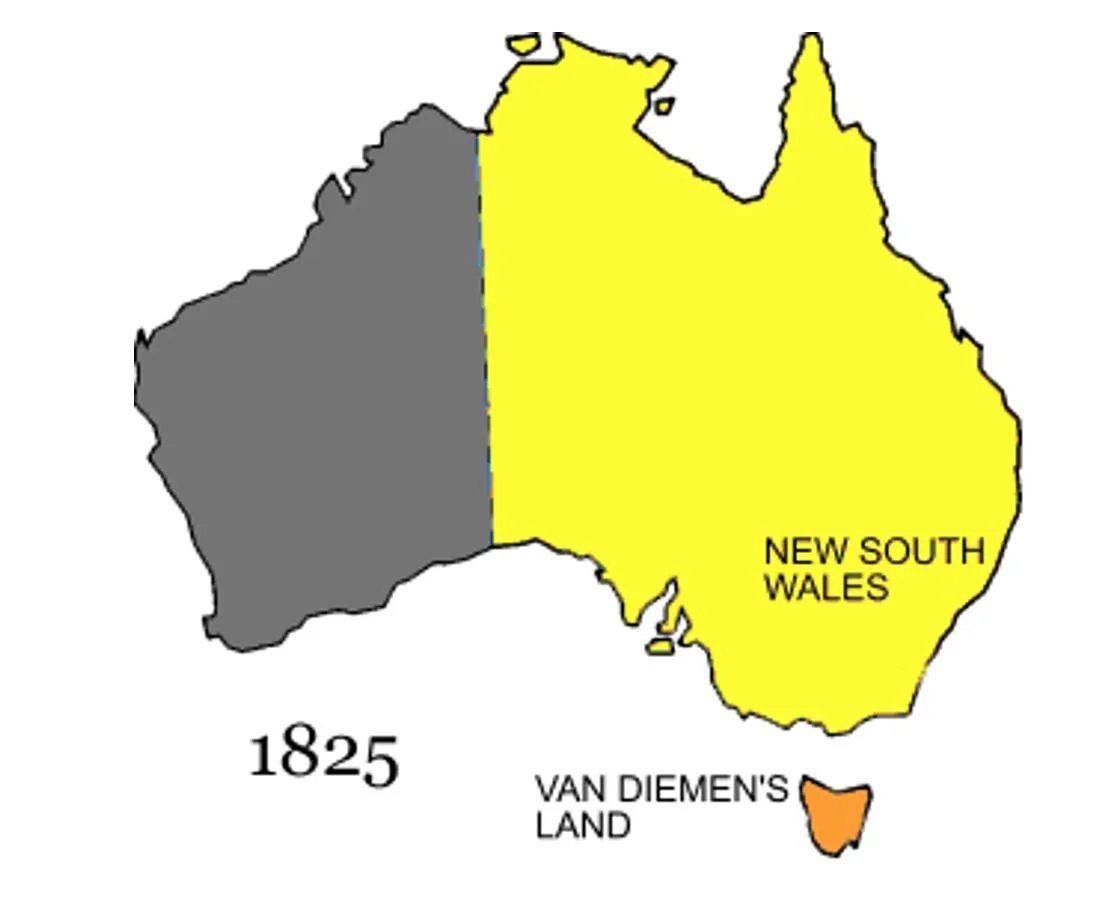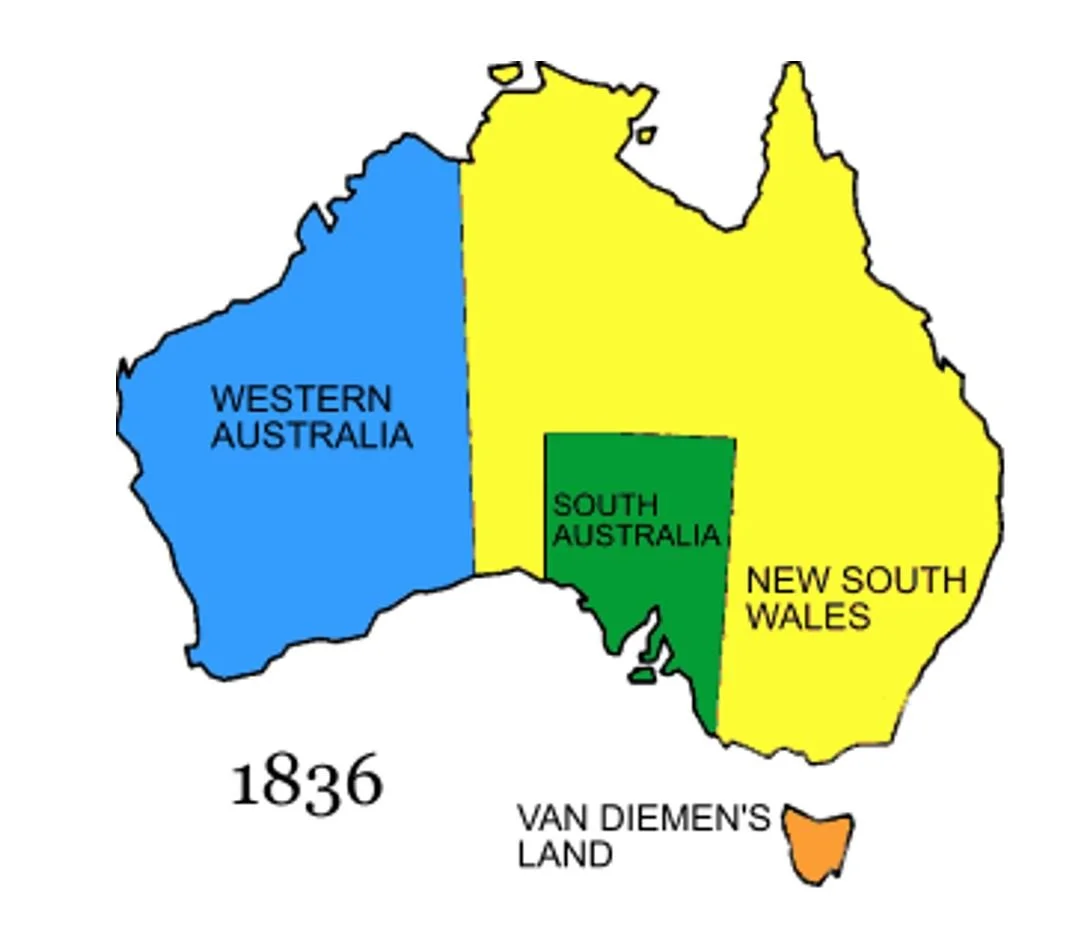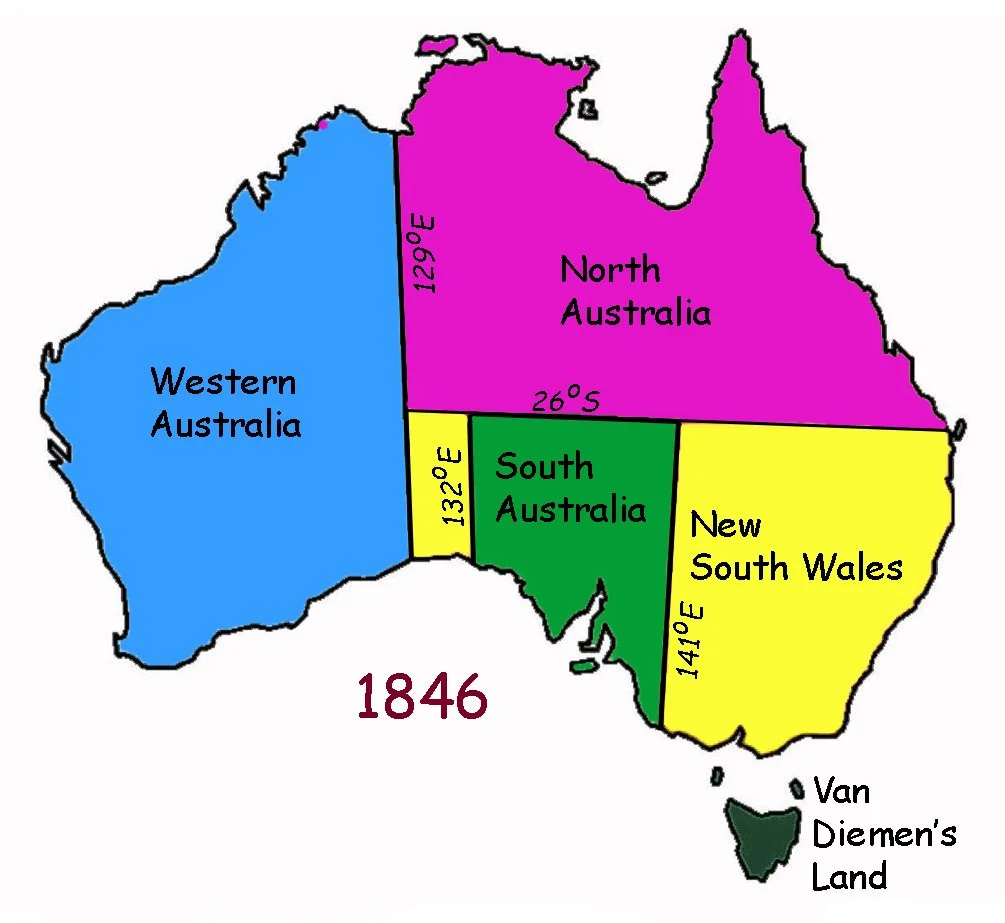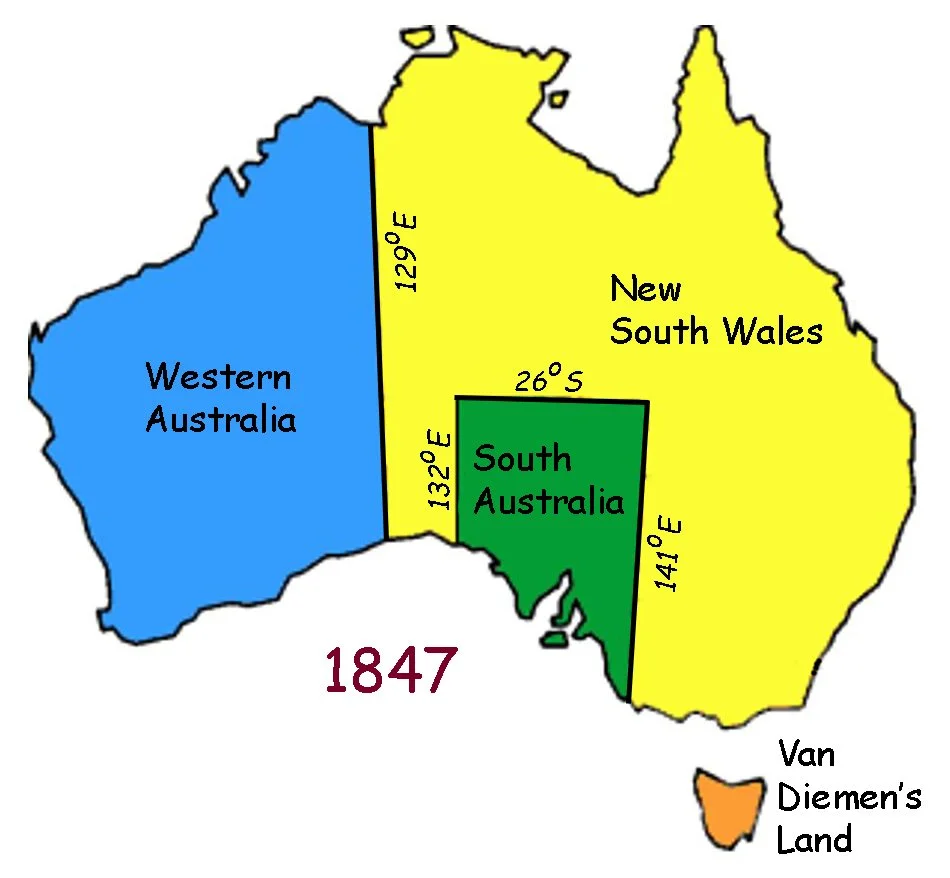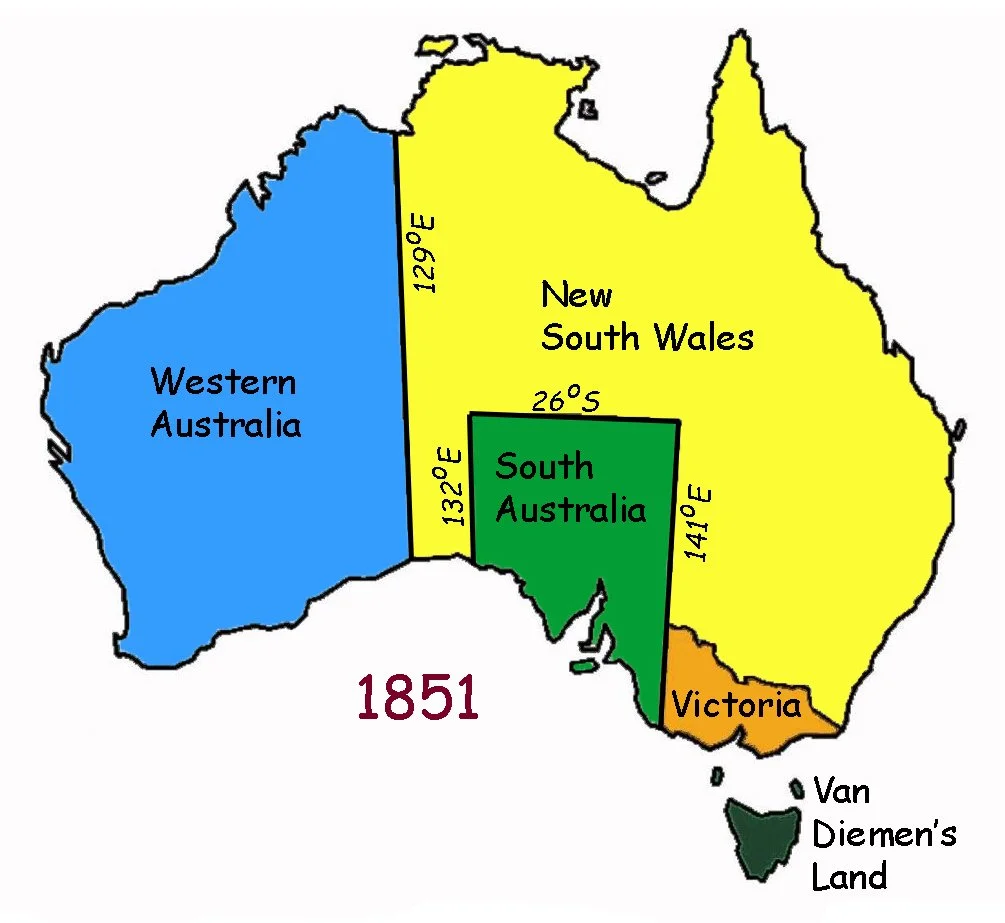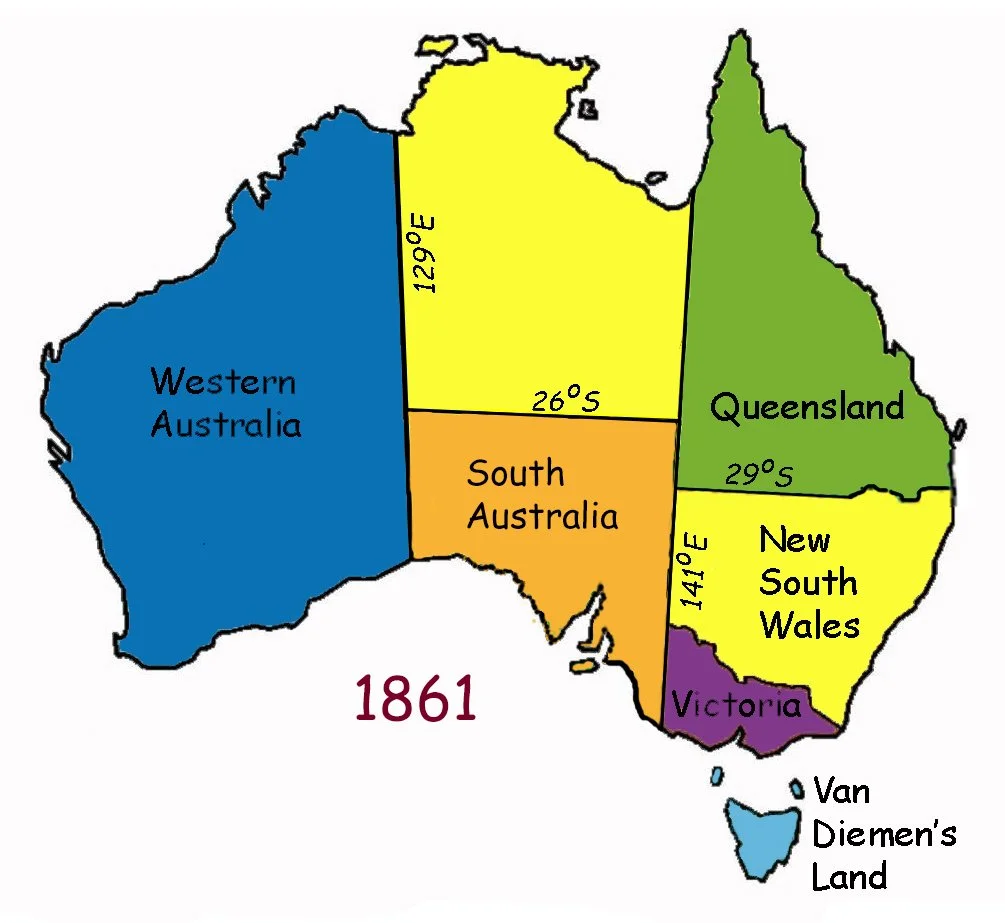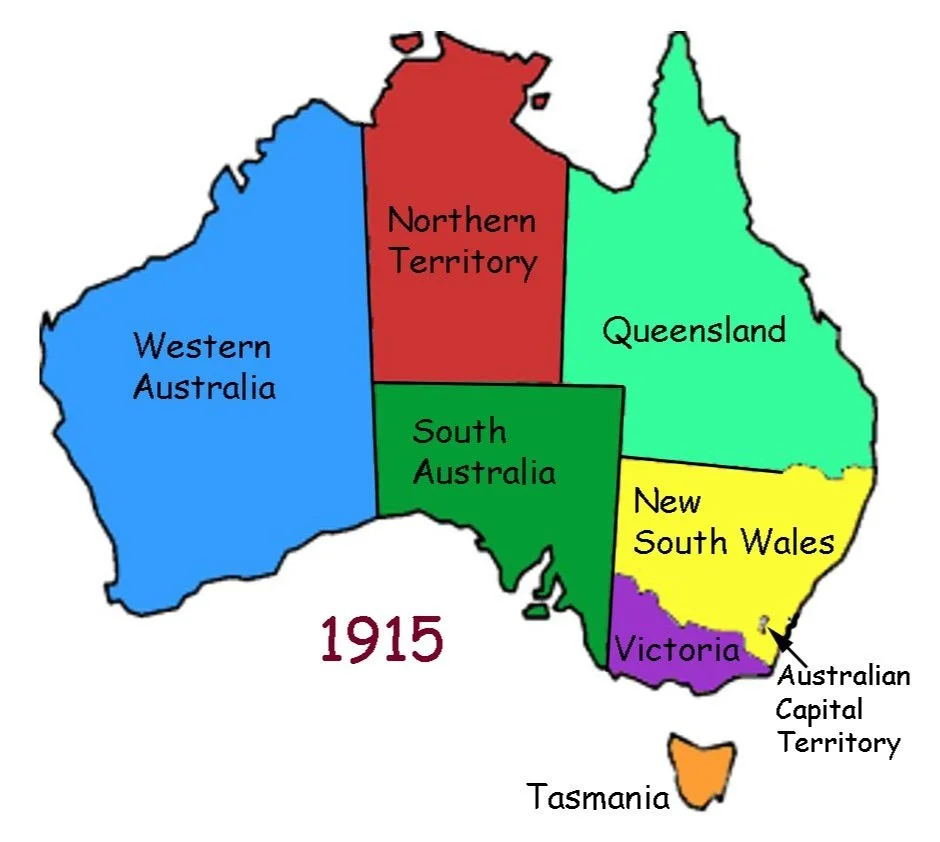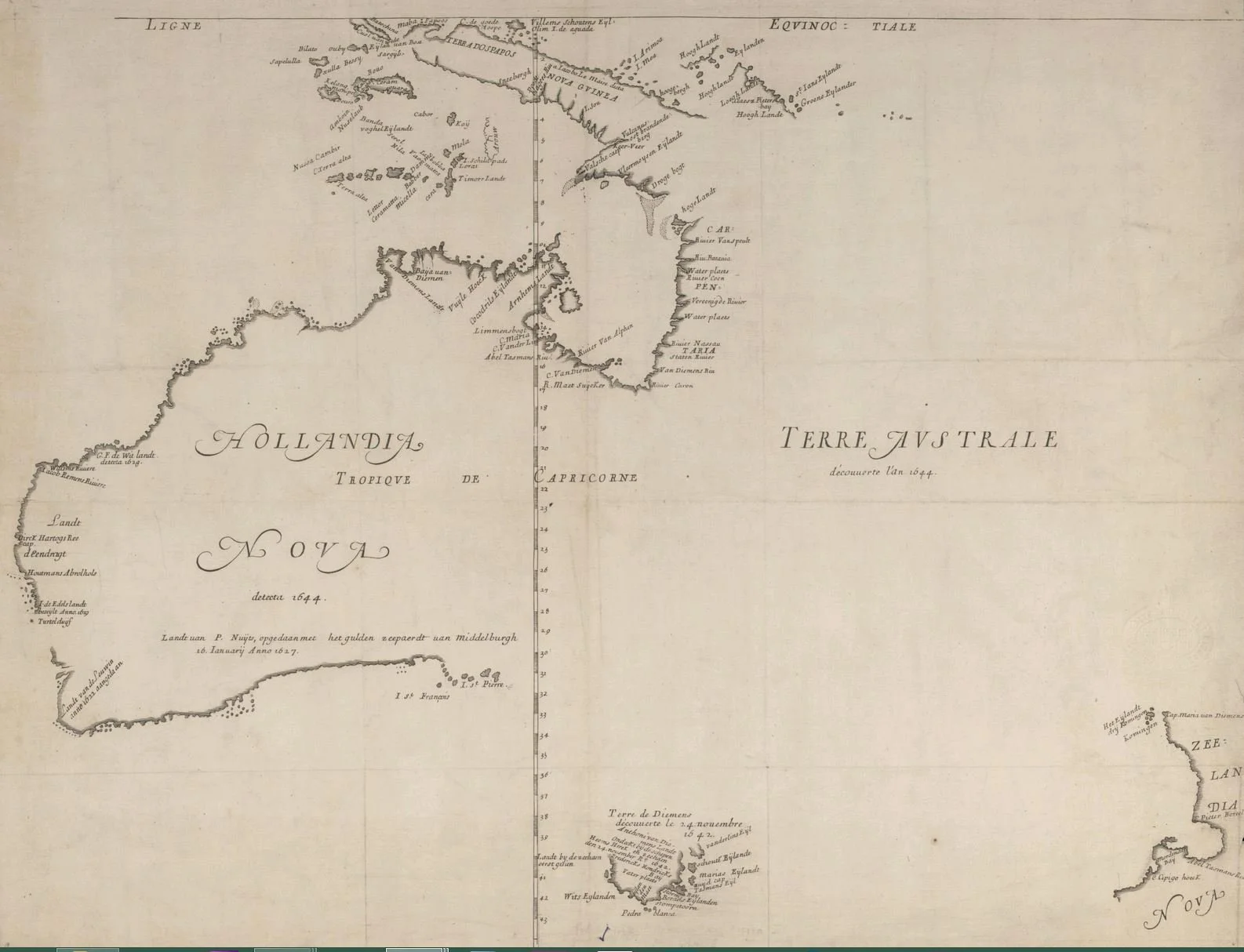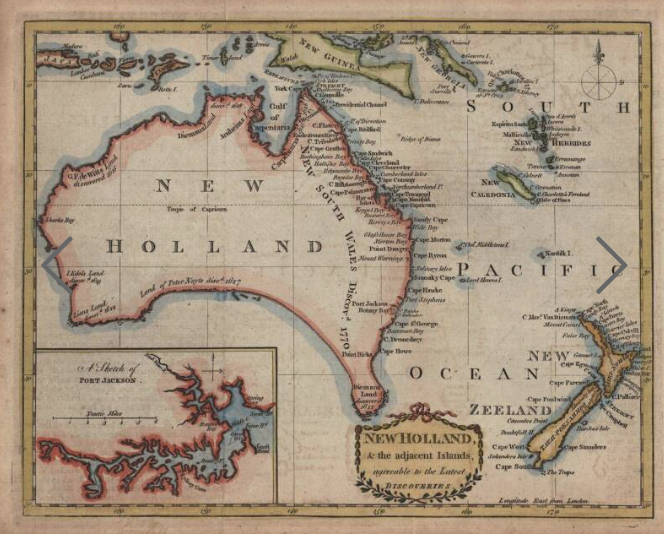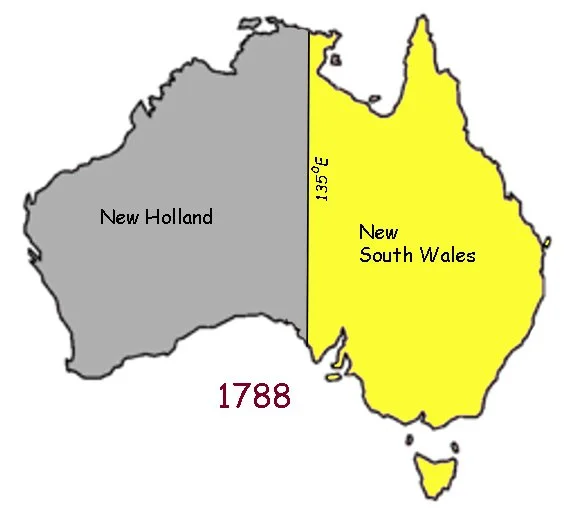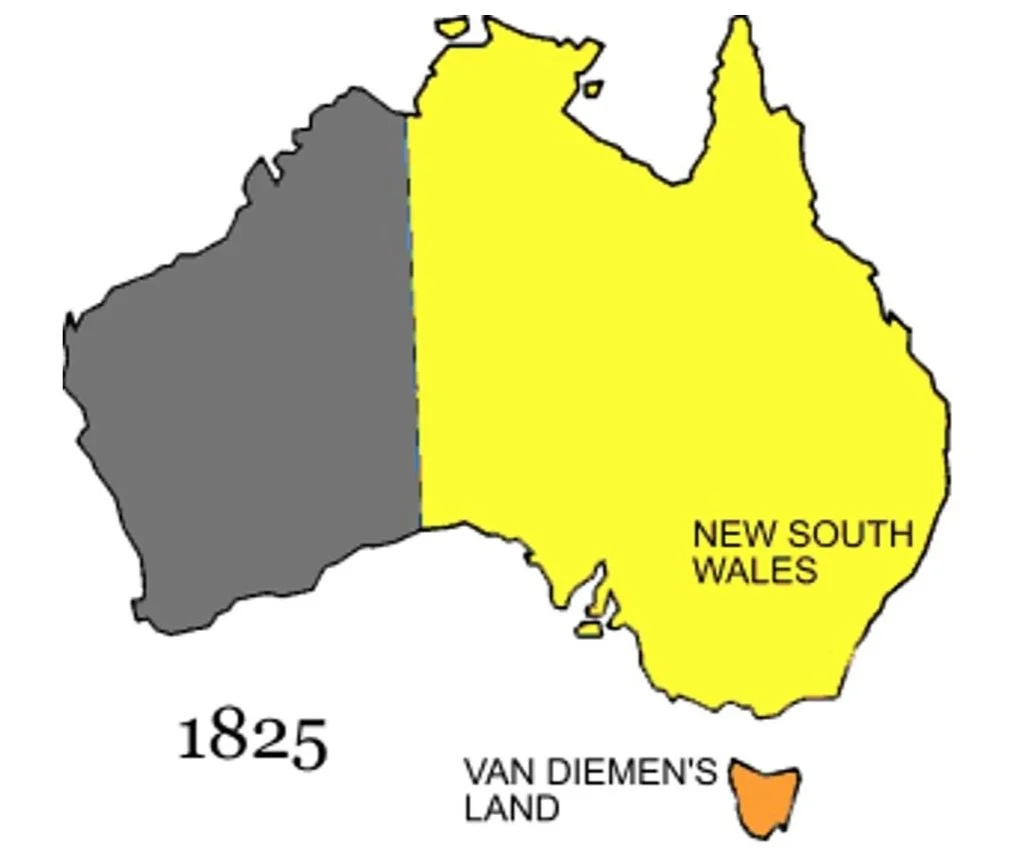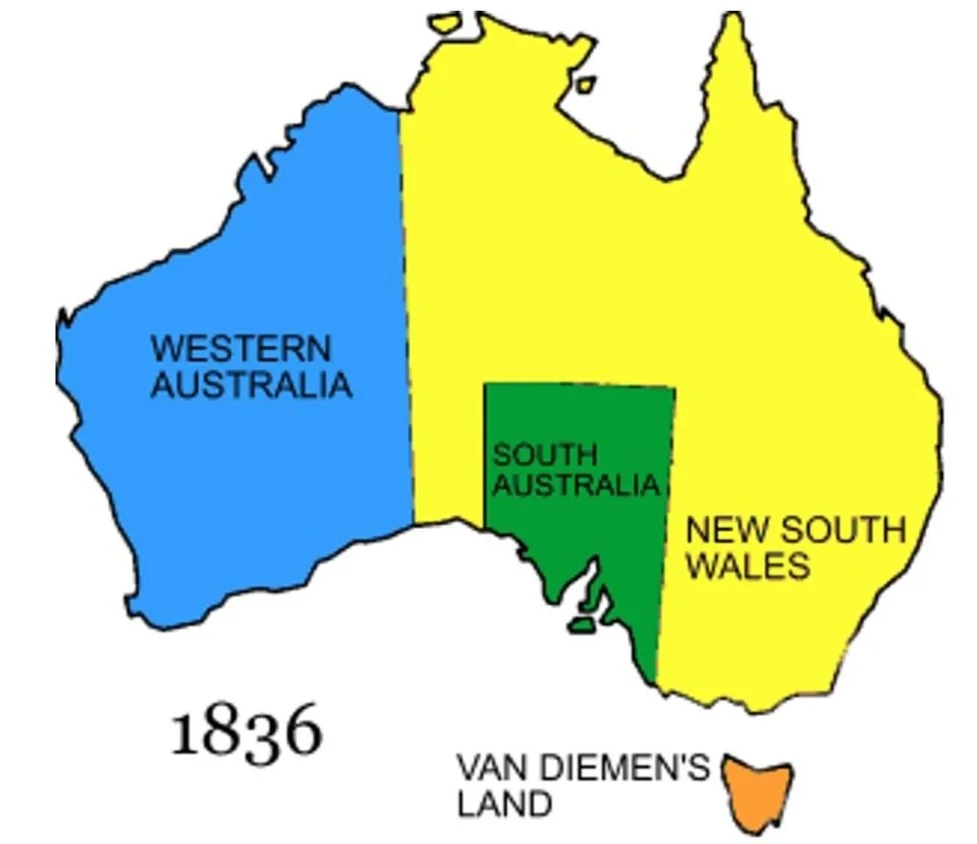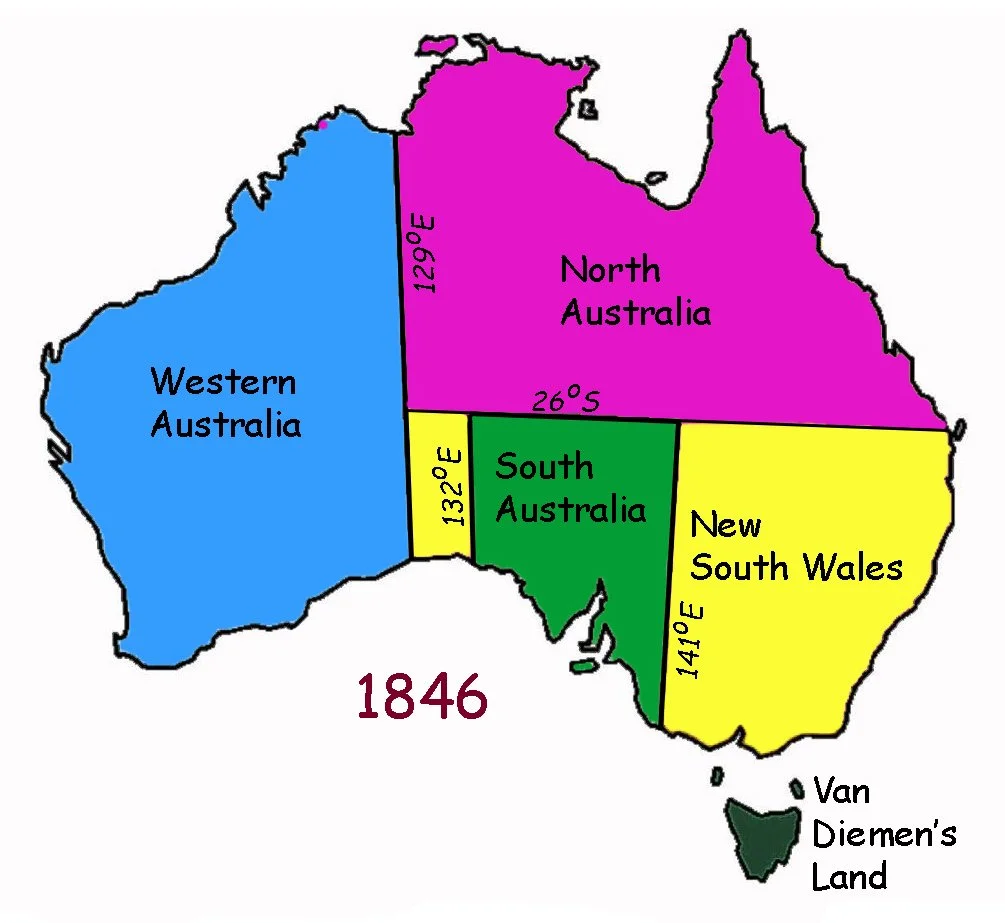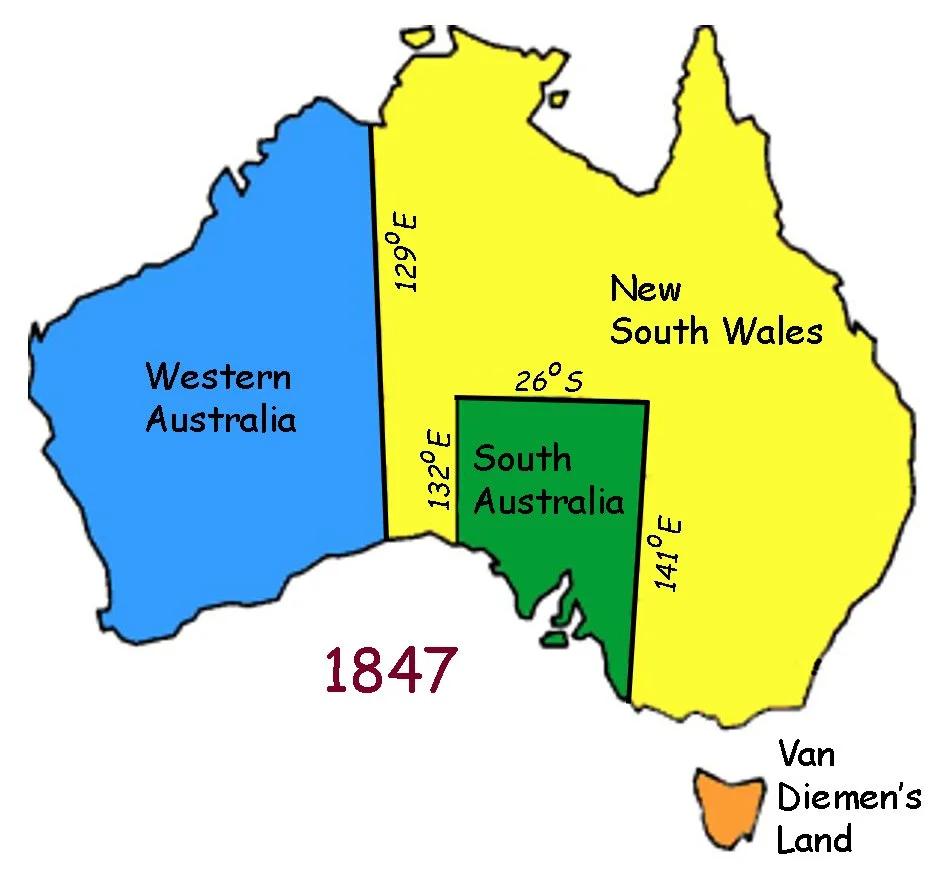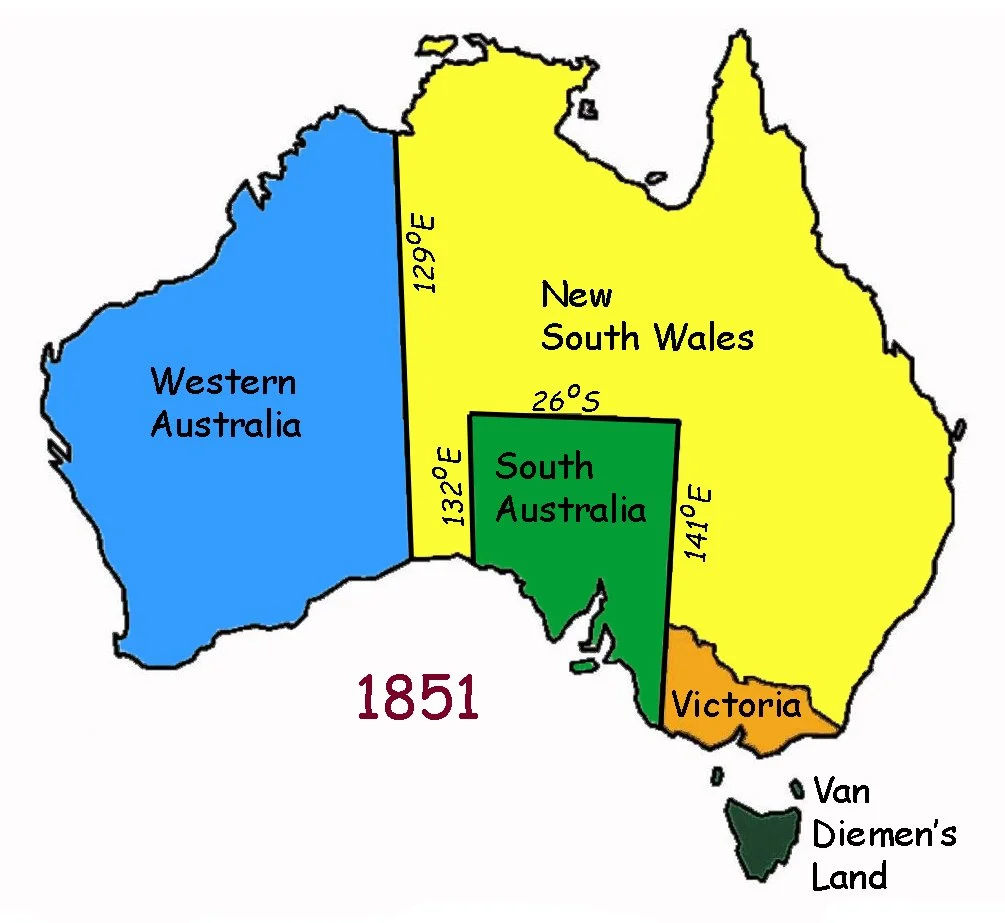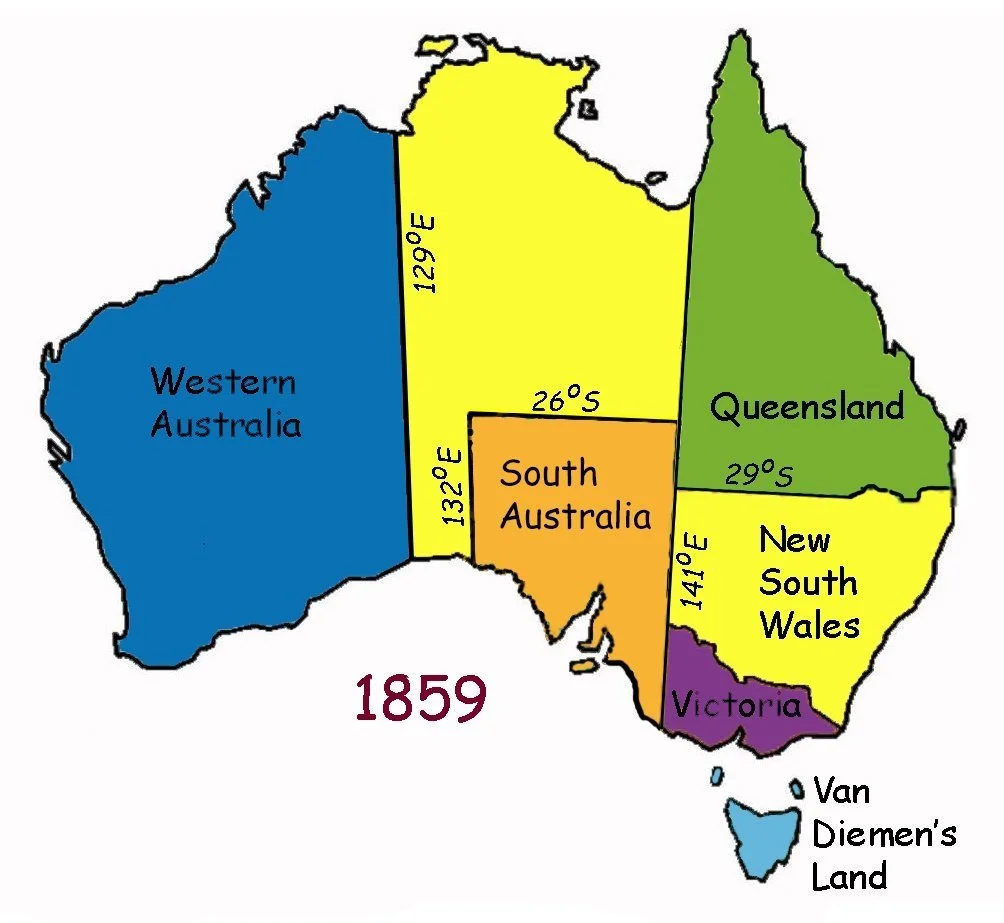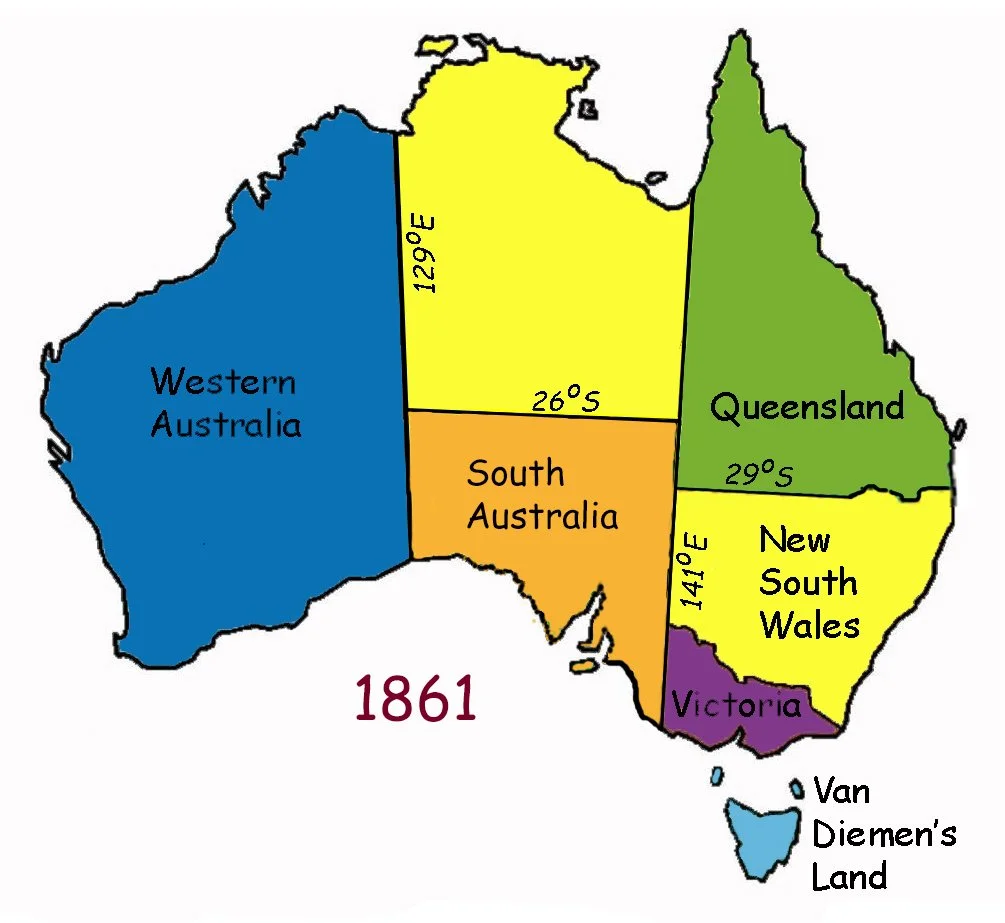Pronounced “our-story”, auStory is committed to recording Australia’s history in the words of the people of the time from whence:
the theorised southern land of ‘Terra Australis Incognita’ was identified as ‘New Holland’ c 1644
to the first European inhabitants settling the eastern shores in 1788
to the explorations and infrastructure created in those first 120 years . . .
Australia - the the elusive continent that was long suspected to exist but evaded documented European discovery until 1770 when Lieutenant James Cook completed the map by charting much of the east coast of ‘New Holland’.
There had been speculation that there may be a great land in the southern hemisphere as early as 150 AD by the brilliant Claudius Ptolemy; evidence suggests that sailors from China, India, Arabia, Malaya and Pacific Islands traded with Australia's northern Aboriginal people around 1,000 years ago - but, it was not until the early 17th century that parts of the western, northern and southern coastlines found their way onto the maps of the World. The Dutch were the first, naming the western reaches of Australia 'New Holland'. Willem Janszoon mapped part of the Gulf of Carpentaria in 1606 - Dirk Hartog followed in 1616 - and Abel Tasman in 1642 and 1644.
Inhabited by Australia's Traditional Owners for some 60 thousand years, they enjoyed the sanctuary and isolation of this vast land until 1788 when the First Fleet arrived on the East Coast of Australia - and within a few decades the ancient Australian landscape would be forever changed . . .
The Evolution of Australia since 1788
Discover the evolution of the colonies of New Holland from the time of Captain James Cook's secret instruction to "take possession" "as first discoverers and possessors", of the great southern continent in the name of the King of Britain → to the current day, exhibiting the states and territories of Australia . . .
Learn of some of the very first exploration expeditions that revealed the great continent of Australia and the:
the treacherous deserts
the impenetrable mountains and morass
their desperate search for food and fresh water
countered by the scarce discovery of crystal clear rivers full of lobster and divine fish species
their encounters with the Australian Aborigines whose curiosity often showed kindness and compassion whilst at other times, fear, as their world so suddenly changed . . .
Appreciate the very first explorers and pioneers who bravely
→ sailed uncharted seas and traversed unknown lands
→ travelling insurmountable distances
→ not knowing what lay ahead . . .
Who literally paved the passage for settlers to infiltrate this enormous southern continent - risking their:
→ lives
→ families
→ savings
→ livelihoods . . .
Map of Terre Australe by Melchisedech Thevenot c 1644
Map of New Holland by James Cook c 1779
The colony of New South Wales founded in 1788 including "all the islands adjacent in the Pacific Ocean" and running westward to the 135th meridian east
The New South Wales western border was extended to 129th meridian east on 3rd Dec 1825 | The colony of Van Diemen's Land was proclaimed 16 Jul 1825
2nd May 1829 the Swan River Colony was declared which was updated to Western Australia on 6th February 1832 | The colony of South Australia was proclaimed 28th Dec 1836 with the western border set at 132° E
The colony of North Australia was proclaimed on 17th Feb 1846
The colony of North Australia was revoked on 15th Apr 1847
The colony of Victoria was proclaimed on 1st Jul 1851
Pronounced “our-story”, auStory is committed to recording Australia’s history in the words of the people of the time from whence:
the theorised southern land of ‘Terra Australis Incognita’ was identified as ‘New Holland’ c 1644
to the first European inhabitants settling the eastern shores in 1788
to the explorations and infrastructure created in those first 120 years . . .
Australia - the elusive continent that was long suspected to exist but evaded documented European discovery until 1770 when Lieutenant James Cook completed the map by charting much of the east coast of ‘New Holland’.
There had been speculation that there may be a great land in the southern hemisphere from as early as 150 AD by the brilliant Claudius Ptolemy. Evidence suggests that sailors from China, India, Arabia, Malaya and Pacific Islands traded with Australia's northern Aboriginal people around 1,000 years ago - but, it was not until the early 17th century that parts of the western, northern and southern coastlines found their way onto the maps of the World. The Dutch were the first, naming the western reaches of Australia 'New Holland'. Willem Janszoon mapped part of the Gulf of Carpentaria in 1606 - Dirk Hartog followed in 1616 - and Abel Tasman in 1642 and 1644.
Inhabited by Australia's Traditional Owners for some 60 thousand years, they enjoyed the sanctuary and isolation of this vast land until 1788 when the First Fleet arrived on the East Coast of Australia - and within a few decades the ancient Australian landscape would be forever changed . . .
The Evolution of Australia since 1788
Discover the evolution of the colonies of ‘New Holland’ from the time of Lieutenant James Cook's secret instruction to "take possession" "as first discoverers and possessors", of the great southern continent in the name of the King of Britain → to the current day, exhibiting the states and territories of Australia . . .
Learn of some of the very first exploration expeditions that revealed the great continent of Australia and:
the treacherous deserts
the impenetrable mountains and morass
their desperate search for food and fresh water
countered by the scarce discovery of crystal clear rivers full of lobster and divine fish species
their encounters with the Australian Aborigines whose curiosity often showed kindness and compassion whilst at other times, fear, as their world so suddenly changed . . .
Appreciate the very first explorers and pioneers who bravely
→ sailed uncharted seas and traversed unknown lands
→ travelling insurmountable distances
→ not knowing what lay ahead . . .
Who literally paved the passage for settlers to infiltrate this enormous southern continent - risking their:
→ lives
→ families
→ savings
→ livelihoods . . .
Van Diemen's land was renamed to Tasmania on 1st Jan 1856 | The colony of Queensland was proclaimed 6th Jun 1859
In 1860 the South Australian border was extended from 132° E to 129° E
In 1862 Queensland's western border was extended to 139° E
On 6th Jul 1863 the area to the north of South Australia was annexed to South Australia
1st Jan 1911 - the Northern & Federal Capital Territories were proclaimed | 12th Jul 1915 - Jervis Bay Territory was added | 29th Jul 1938 - the Federal Capital Territory became the Australian Capital Territory
